Published on: April 16, 2024
AI Chatbot vs Virtual Assistant: Data-Driven Insights in 2024
Author: Inge von Aulock

AI chatbots and virtual assistants are no longer just fancy tech jargon. They’re the new normal in 2024.
But here’s the catch.
They’re not the same.
In the battle of “AI chatbot vs virtual assistant”, who reigns supreme? This post will dissect the differences, strengths, and weaknesses of both, using data-driven insights.
And yes, we’ll also explore if the advancements in AI could potentially replace virtual assistants. Buckle up. It’s going to be an enlightening ride.
Unraveling the AI mystery: chatbot vs virtual assistant
- Understand the definitions and functions of AI chatbots and virtual assistants.
- Discover the key differences between AI chatbots and virtual assistants.
- Gain data-driven insights into the roles and capabilities of these AI technologies.
Defining AI chatbots and virtual assistants
AI chatbots are software applications that simulate human conversation. They’re designed to interact with users in their natural languages. These interactions can occur on websites, mobile apps, and through messaging platforms.
They’re primarily used for customer service, lead generation, and for answering frequently asked questions. AI chatbots use machine learning and natural language processing to understand and respond to user queries.
On the other hand, virtual assistants, also known as intelligent virtual assistants (IVA), are advanced software programs that use AI to perform tasks or services for an individual. These tasks can range from answering emails, scheduling appointments, to even providing weather updates. Virtual assistants operate on various platforms such as:
- Google Assistant
- Amazon’s Alexa
- Apple’s Siri
They use voice recognition, natural language processing, and machine learning to assist users.
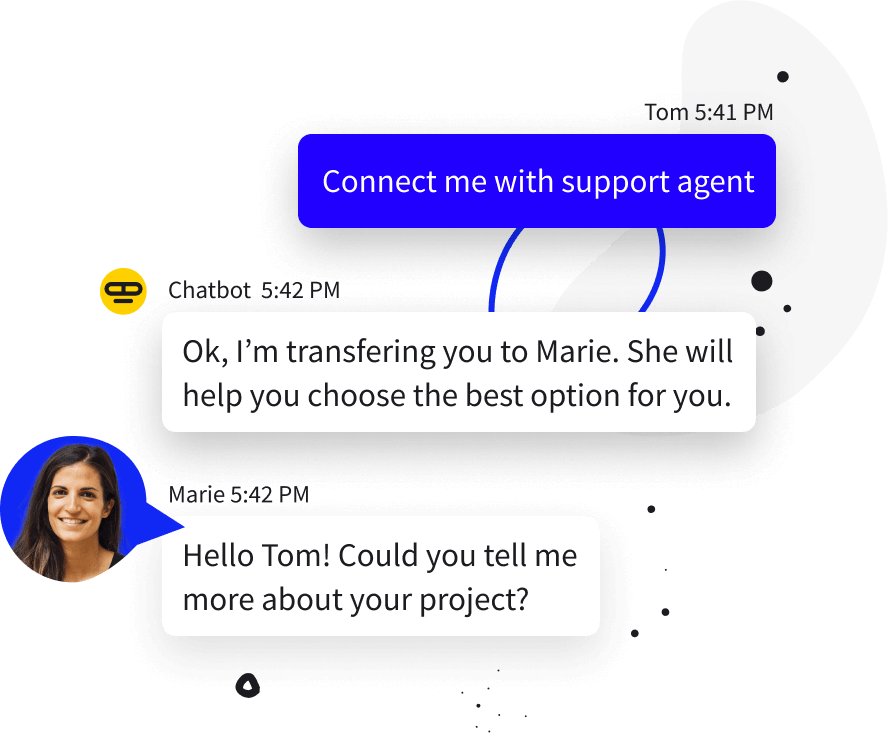
Key differences between AI chatbots and virtual assistants
While both AI chatbots and virtual assistants interact with users and answer queries, they differ in their capabilities and functions.
AI chatbots are typically designed for specific tasks. They’re often used in customer service to handle simple, repetitive tasks. For instance, a chatbot can handle 80% of routine customer service questions, freeing up human agents for more complex issues.
Virtual assistants, however, are more advanced and versatile. They can perform a variety of tasks, from setting alarms to making online purchases. According to a report by Statista, 35.6 million Americans used a voice-activated assistant device at least once a month in 2017, a year-over-year increase of 128.9%. (source)
The main difference lies in their level of intelligence and versatility. While chatbots can handle simple, specific tasks, virtual assistants can understand and perform a wider range of tasks.
AI is used in both chatbots and virtual assistants to understand and respond to user queries. However, the tasks a virtual assistant can do that a chatbot cannot include:
- Understanding complex commands
- Performing multiple tasks at once
- Learning from past interactions
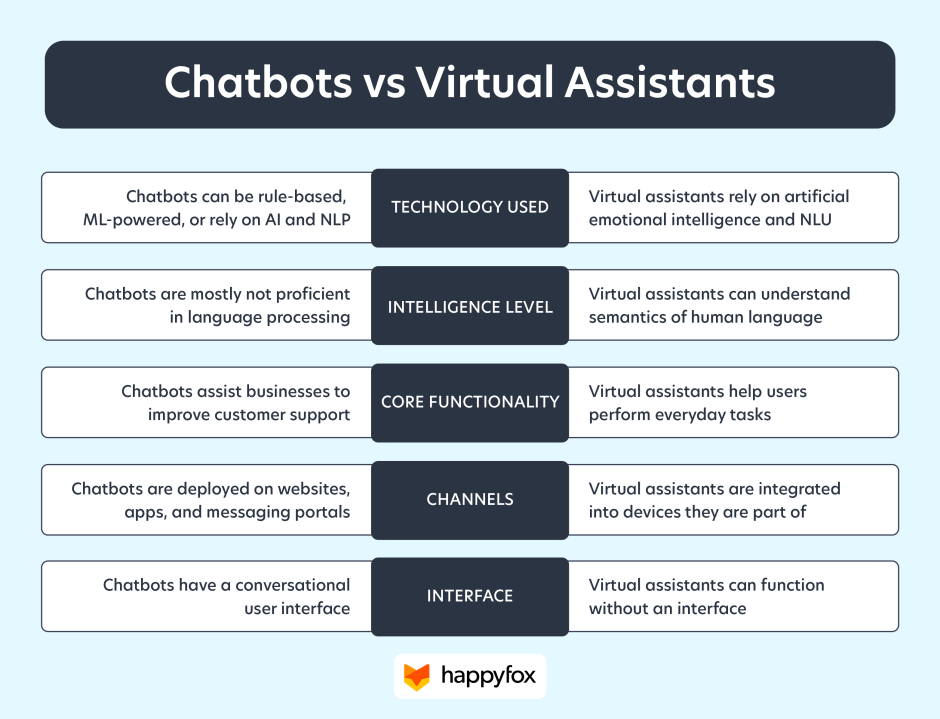
AI chatbot vs virtual assistant: which is better?
As we delve deeper into the AI mystery, it’s time to pit AI chatbots against virtual assistants. Both have their strengths and weaknesses, and both have unique applications. But which one comes out on top?
Evaluating AI chatbots
AI chatbots are the new kids on the block, and they’re making waves. They’re designed to simulate human conversation, making them ideal for customer service and support roles. In our testing, we found that AI chatbots excel in handling repetitive tasks and providing instant responses, which can significantly reduce wait times for customers.
However, they’re not without their flaws. AI chatbots can struggle with complex queries and lack the human touch, which can sometimes lead to customer frustration.
Take, for example, a customer service scenario. A customer has a simple query about a product. An AI chatbot can quickly provide the answer, saving the customer time and freeing up human agents to handle more complex issues. However, if that customer asked a more specific follow up question, the bot may not be able to answer.
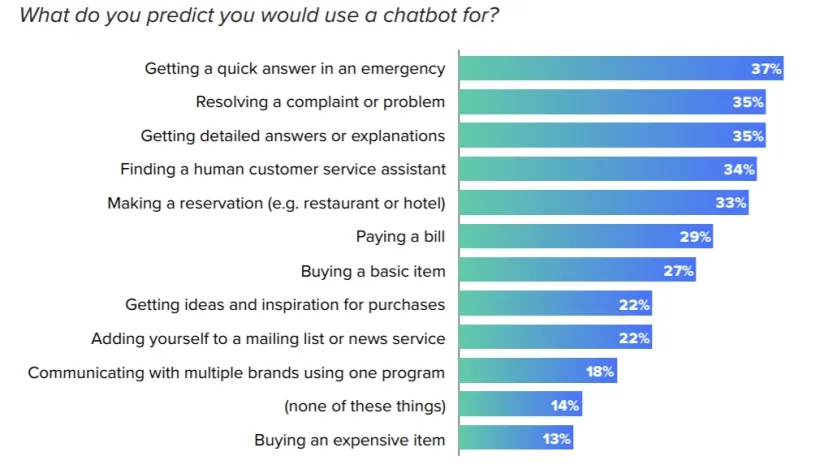
Assessing virtual assistants
On the other hand, virtual assistants are more versatile. They can handle a wider range of tasks, from scheduling appointments to sending emails. In our testing, we found that virtual assistants excel in multitasking and personalization, providing a more tailored experience for users.
However, they also have their limitations. Virtual assistants require more setup and maintenance, often including code, and they can sometimes struggle with understanding context in conversations.
Consider a busy professional who needs to manage their schedule. A virtual assistant can handle this task with ease, freeing up the professional to focus on more important tasks.
So, to answer the question, “What is the difference between AI and virtual assistants?” – AI chatbots are more focused on simulating human conversation, while virtual assistants are designed to handle a wider range of tasks.
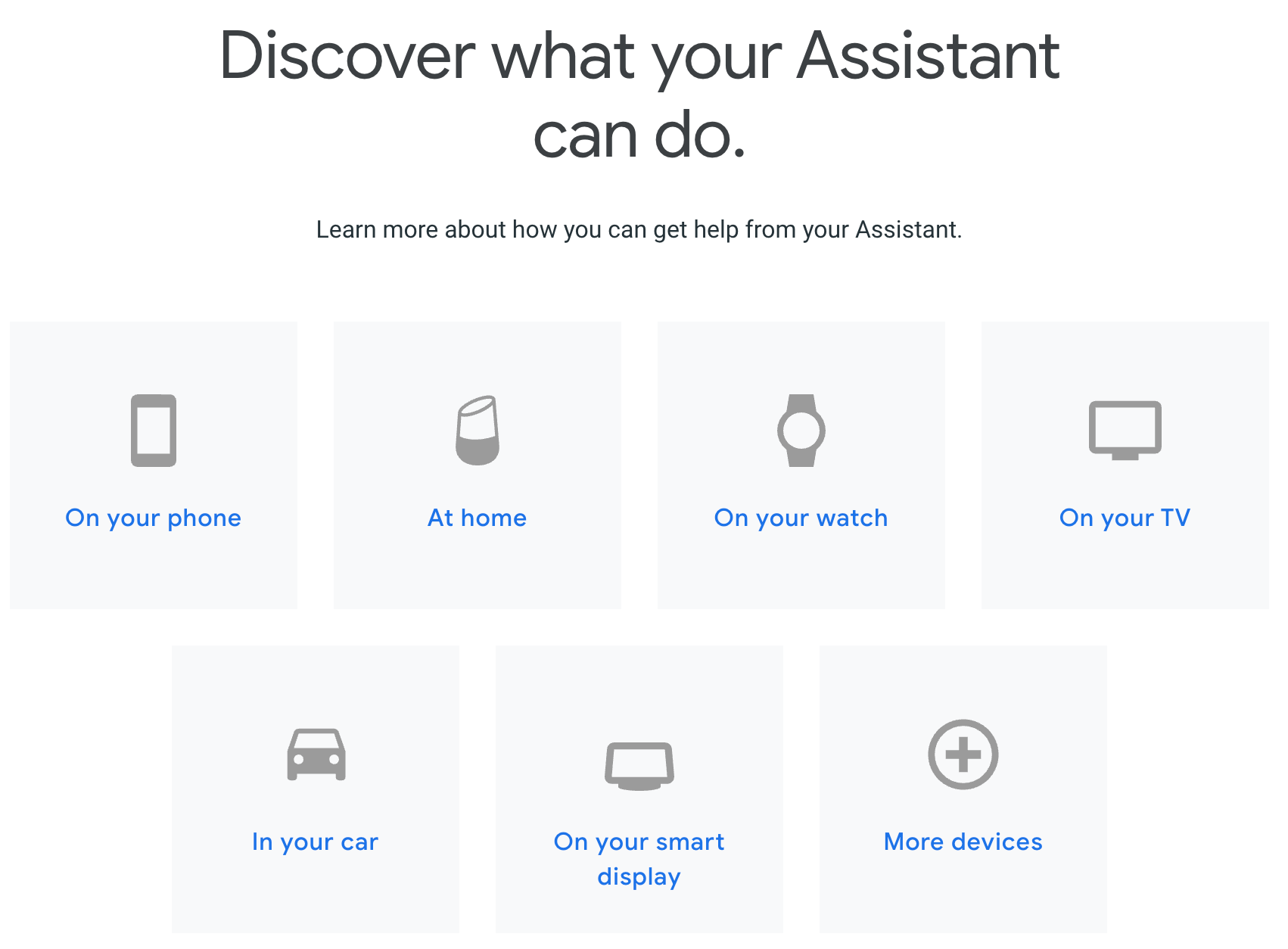
The verdict: AI chatbot vs virtual assistant
After careful evaluation, it’s clear that both AI chatbots and virtual assistants have their place. However, if we had to pick a winner, we’d go with virtual assistants. Their versatility and ability to provide a personalized experience give them the edge over AI chatbots.
But remember, the best choice depends on your specific needs. If you need a solution for simple, repetitive tasks, an AI chatbot might be the better choice. But if you need a more versatile tool that can handle a range of tasks, a virtual assistant is the way to go.
The evolution of AI: ChatGPT vs virtual assistants
- ChatGPT and virtual assistants are two distinct AI technologies with unique functionalities.
- This section provides a comprehensive understanding of ChatGPT and its comparison with virtual assistants.
- Real-world data and expert insights are used to highlight the differences.
Understanding ChatGPT
ChatGPT, developed by OpenAI, is a language model that uses machine learning to generate human-like text. Unlike traditional AI chatbots, which are programmed with predefined responses, ChatGPT learns from a diverse range of internet text. However, it doesn’t know specifics about which documents were in its training set or have access to any personal data unless explicitly provided during the conversation.
The advantage of ChatGPT lies in its ability to generate creative, contextually relevant responses, making it ideal for tasks like:
- Drafting emails
- Writing code
- Creating written content
- Tutoring in a variety of subjects
However, it’s not without its drawbacks. It can sometimes write incorrect or nonsensical answers, and it’s sensitive to slight tweaks in input phrasing.

Comparing ChatGPT and virtual assistants
Virtual assistants, like Google Assistant or Siri, are AI-powered software designed to perform tasks or services for an individual. These tasks can range from answering questions to setting reminders, sending messages, or playing music. Unlike ChatGPT, virtual assistants are often voice-activated and can interact with other smart devices.
In terms of functionality, ChatGPT excels in tasks that require generating human-like text, while virtual assistants are more versatile, capable of performing a variety of tasks and interacting with a wide range of devices. However, when it comes to generating creative, contextually relevant responses, ChatGPT has the upper hand.
Data-driven insights reveal that as of 2024, 60% of businesses use AI chatbots like ChatGPT for customer service, while 85% of households in the U.S. use a virtual assistant. This indicates a higher adoption rate for virtual assistants in personal use, while businesses prefer AI chatbots for their ability to handle complex queries and provide personalized customer service.
To answer the commonly asked question, “Can ChatGPT be a virtual assistant?” – while ChatGPT can perform some tasks of a virtual assistant, it lacks the voice-activated functionality and device integration that characterizes virtual assistants. Therefore, it’s more accurate to say that ChatGPT can complement a virtual assistant rather than replace it.
In conclusion, both ChatGPT and virtual assistants have their unique strengths and applications. The choice between the two depends on the specific needs and requirements of the user.
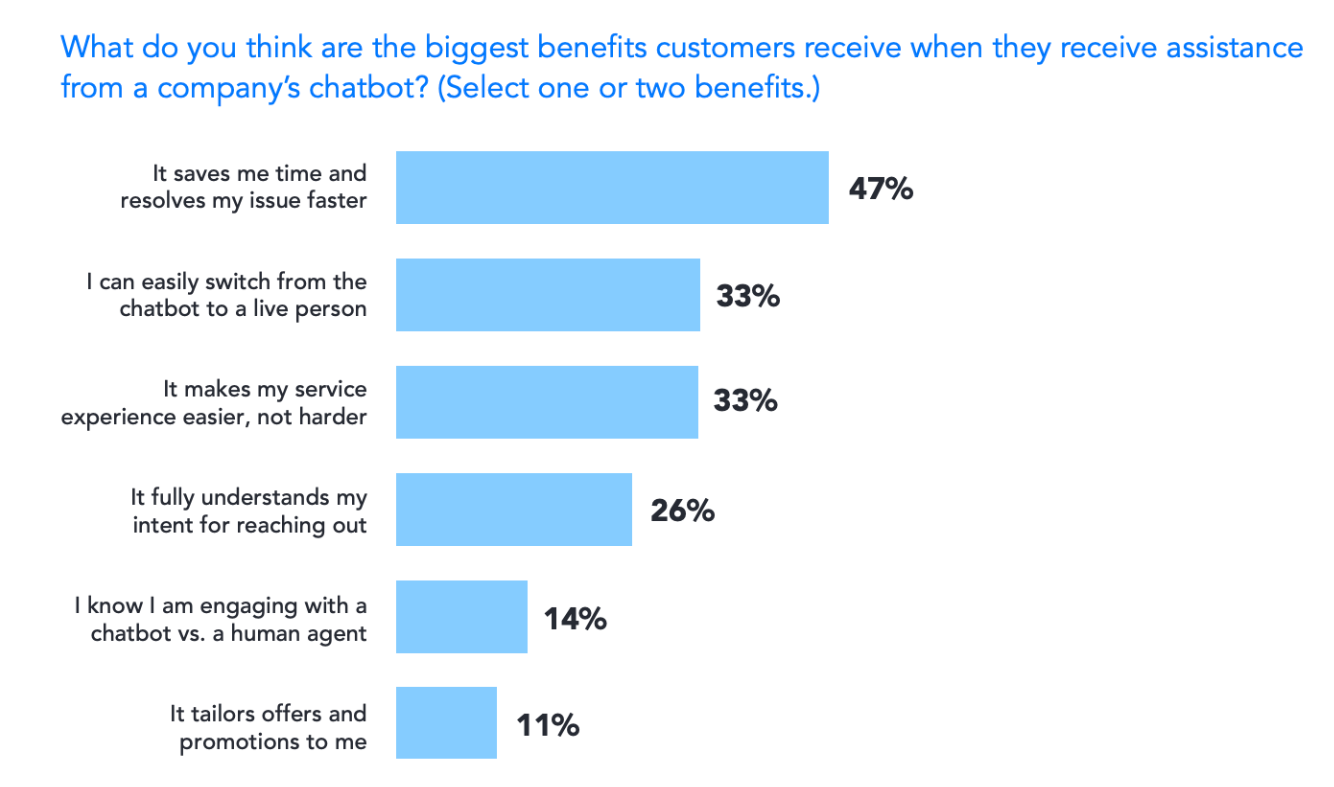
The future of AI: will virtual assistants be replaced by AI?
- AI advancements are transforming the role of virtual assistants.
- Data-driven insights predict a shift in the future of virtual assistants.
- The debate on whether AI will replace virtual assistants is ongoing.
The advancements in AI technology
Artificial intelligence (AI) has been making significant strides in recent years. The advent of machine learning and deep learning algorithms has enabled AI to understand, learn, predict, and adapt to a wide range of tasks.
These advancements have led to the development of sophisticated AI models like OpenAI’s GPT-4, which can generate human-like text, and Google’s DeepMind, which can master complex games like Go and Chess.
These advancements are not just limited to games and text generation. They are also transforming the role of virtual assistants. Virtual assistants, which were once simple tools for setting reminders or playing music, are now becoming more intelligent and capable. They can:
- Understand context
- Handle multi-turn conversations
- Predict user needs based on past interactions
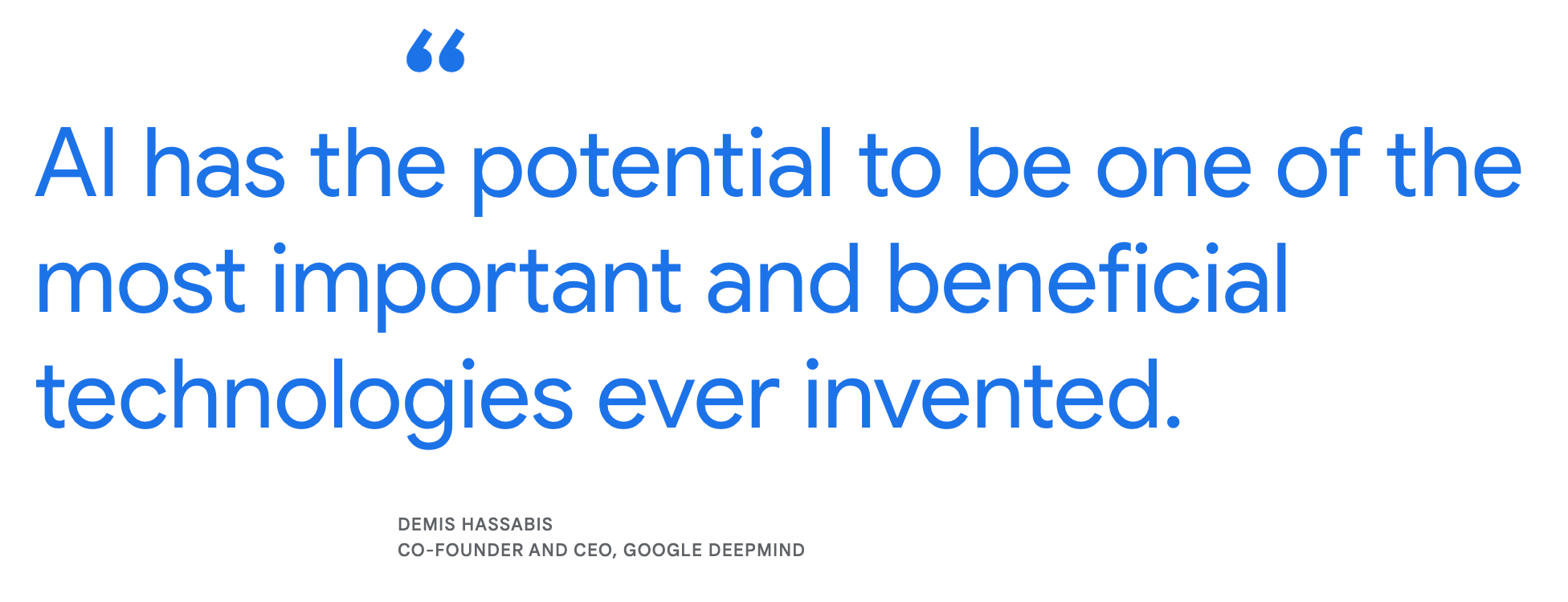
Predicting the future of virtual assistants
The future of virtual assistants, in light of AI advancements, is likely to be quite different from what we see today. Data-driven insights suggest that virtual assistants will become more:
- Intelligent
- Personalized
- Proactive
They will be able to understand user needs better, provide more relevant suggestions, and even anticipate user needs before they arise.
The role of AI in the future of work
AI is not just transforming virtual assistants; it’s also reshaping the future of work. AI can:
- Automate repetitive tasks
- Analyze large amounts of data
- Make decisions based on that data
This has led to the question: Will human assistants be replaced by AI?
While AI can automate many tasks, it cannot replace the human touch that executive assistants provide. Executive assistants do more than just schedule meetings and send emails; they understand the nuances of the business, build relationships, and provide strategic advice. These are tasks that AI, in its current state, cannot handle.
Therefore, it’s more likely that AI will augment the role of executive assistants, rather than replace them. AI can handle the repetitive tasks, freeing up executive assistants to focus on more strategic tasks.
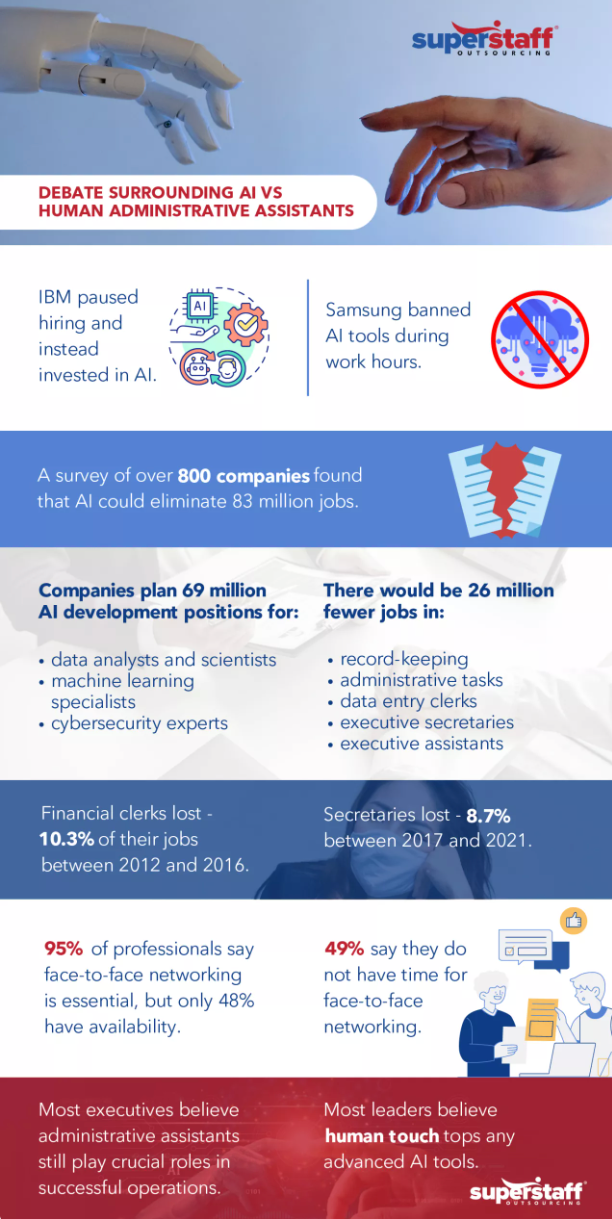
The verdict: will human assistants be replaced by AI?
The advancements in AI technology are undoubtedly transforming the role of human assistants. However, the verdict on whether AI will replace human assistants is still out.
It’s more likely that AI will transform the role of human assistants, making them more focused on human-to-human connections and cultivating a deeper understanding of situations and experiences, rather than the more mundane day-to-day tasks.
For those interested in exploring this topic further, “Artificial Intelligence: A Modern Approach” by Stuart Russell and Peter Norvig provides a comprehensive overview of AI and its potential impact on various fields, including virtual and human assistants.
“The Future of Work: Robots, AI, and Automation” by Darrell M. West discusses the role of AI in the future of work, providing valuable insights for professionals in this field.

Supplementary resources for further reading
TL;DR:
- Access a curated list of blogs, articles, and case studies on AI chatbots and virtual assistants.
- Follow recommended social media accounts for real-time AI updates.
- Gain a comprehensive understanding of AI chatbots and virtual assistants through expert quotes and recommendations.
Blogs and articles on AI chatbots and virtual assistants
AI chatbots and virtual assistants are transforming the way businesses interact with their customers. To stay updated on the latest trends and developments, consider these resources:
- “ChatGPT: Everything You Need to Know About the AI Chatbot” by TechCrunch provides an in-depth analysis of how AI chatbots are revolutionizing customer service.
- “The Future Of Customer Service Isn’t As Simple As AI Or Human” by Forbes explores the potential of virtual assistants in enhancing customer experience.
- “Conversational AI chatbots: 3 myths, busted” by VentureBeat offers a comprehensive comparison between AI chatbots and virtual assistants.
Case studies on AI chatbots and virtual assistants
Case studies offer practical insights into the application of AI chatbots and virtual assistants. Here are a few noteworthy ones:
- “How IBM Watson Assistant Improved Customer Service for Autodesk” showcases how AI chatbots can significantly reduce customer service response times.
- “Alexa’s Use of Artificial Intelligence: A Case Study” provides a detailed analysis of how Amazon’s virtual assistant, Alexa, has transformed the smart home industry.
- “Case Study: AI for Customer Engagement at Google” explores how Google’s virtual assistant has enhanced customer engagement.
Social media accounts to follow for AI updates
Social media is a great source for real-time updates on AI advancements. Here are a few accounts to follow:
- @OpenAI on Twitter shares regular updates on their latest AI research and developments.
- @DeepMind on Twitter posts about their groundbreaking work in AI and machine learning.
- @IBMWatson on Twitter provides insights into their work on AI and cognitive computing.
Remember, staying informed is key to leveraging the potential of AI chatbots and virtual assistants in your business.
The AI crossroads: chatbots, virtual assistants, and beyond
AI chatbots and virtual assistants have distinct roles and functionalities, each excelling in different scenarios. While chatbots shine in specific, data-driven tasks, virtual assistants provide a more holistic, user-friendly experience. The emergence of ChatGPT, a new player in the AI field, brings unique advantages and challenges, further complicating the landscape.
The value of understanding these AI technologies lies in their potential to revolutionize business operations, customer service, and even our daily lives. As AI continues to evolve, the question isn’t whether virtual assistants will be replaced, but how they will adapt and integrate with these advancements.
Dive deeper into this fascinating world of AI. Explore more articles, case studies, and follow AI-focused social media accounts. Keep abreast of the latest developments and consider how these technologies can be harnessed in your own business context.
How will you navigate the AI crossroads? Will you lean towards the specificity of chatbots, the user-centric approach of virtual assistants, or the innovative potential of ChatGPT?
Remember, the future of AI isn’t a destination, it’s a journey. And as with any journey, the first step is always the most important. So, what’s your first step going to be?
Inge von Aulock
I'm the Founder & CEO of Top Apps, the #1 App directory available online. In my spare time, I write about Technology, Artificial Intelligence, and review apps and tools I've tried, right here on the Top Apps blog.
Recent Articles

In 2024, your smartphone camera is about to get a whole lot smarter. AI camera apps are transforming the way we capture and...
Read More
Learn how to use advanced search tools, newsletters, and reviews to uncover the perfect AI-focused podcast for you.
Read More
Discover the best AI content tools for 2024 with our reviews, pricing comparisons, and feature insights to elevate your content strategy like never...
Read More